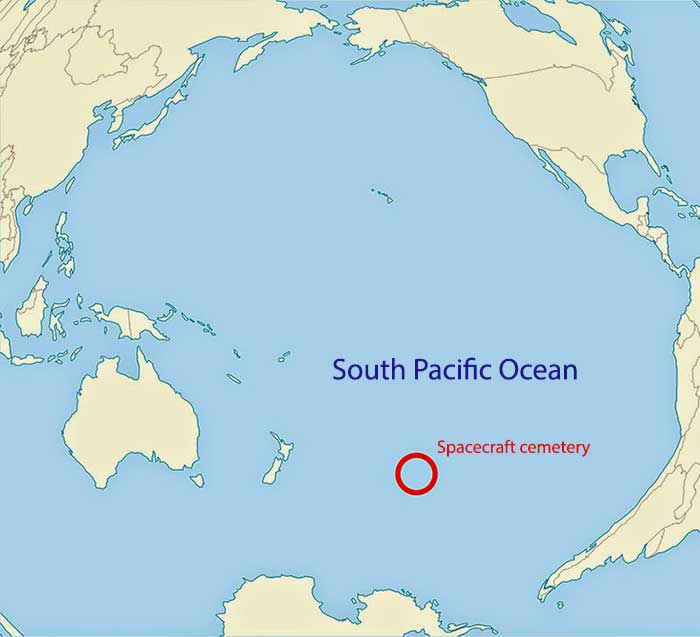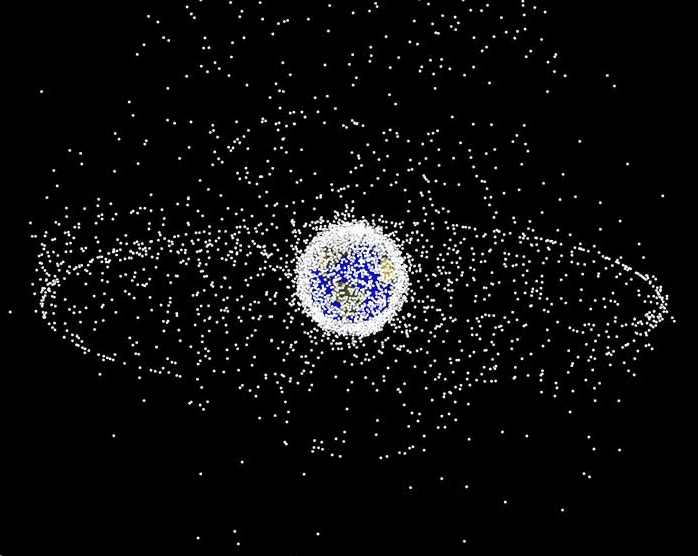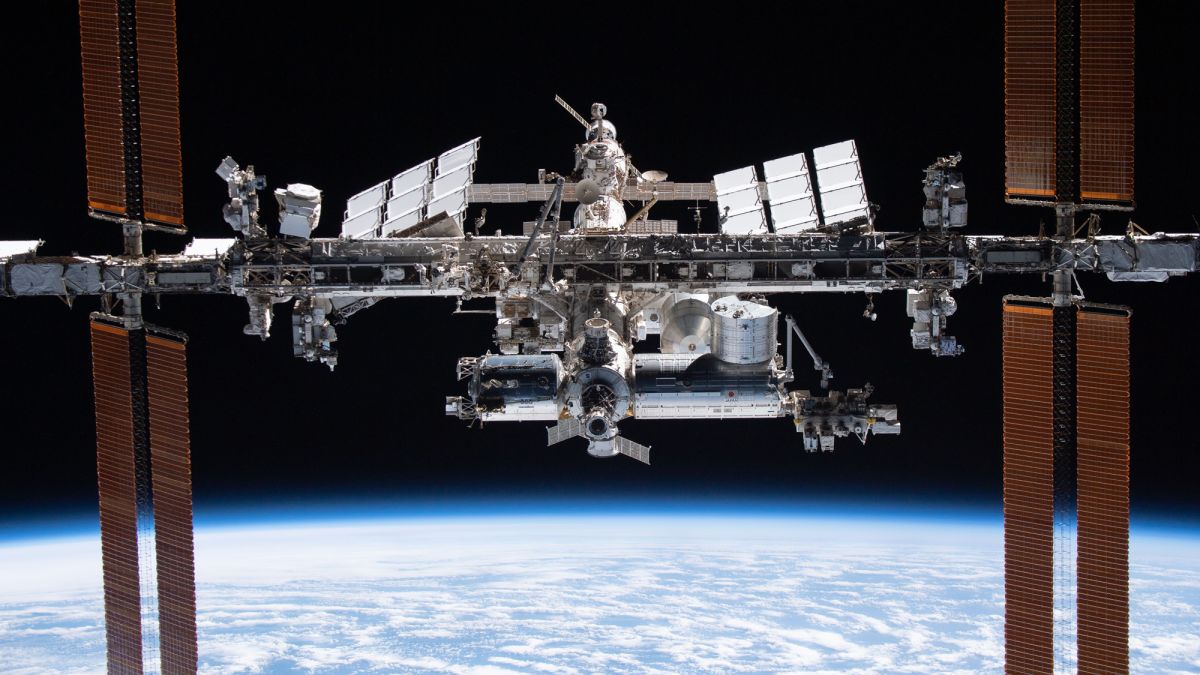NASA has said that it intends to decommission the International Space Station in 2031 by crashing it into an uninhabited section of the Pacific Ocean.
Satellites, like every other technology, do not endure forever. Whether their mission is to watch weather, measure greenhouse gases in the atmosphere, or point away from Earth to study the stars, all satellites, like old washing machines and vacuum cleaners, ultimately age, wear out, and expire.
So, what happens when a dependable satellite dies?
There are two options nowadays, depending on how high the satellite is.
Engineers will utilize its final amount of fuel to slow it down for the nearby satellites. It will fall out of orbit and burn up in the atmosphere this way.
The second option is to launch the satellite considerably further from Earth. It may take a lot of fuel to slow down sufficiently for a satellite to fall back into the atmosphere.
This is particularly true if the satellite is in a high orbit. Many of these high-altitude satellites use less fuel to launch into orbit than to return to Earth.
Metal Smelting and “Spacecraft Cemeteries”
It is straightforward to get rid of the smaller satellites in low orbit.
As it descends at thousands of kilometers per hour toward Earth, the heat from air friction burns away the satellite. Ta-da! There will be no satellite.
What about larger structures, such as space stations and larger ships in low orbit?
These items may not completely ignite before hitting the earth.
There is a solution: spacecraft operators may prepare for the eventual destination of their aging satellites to ensure that any debris lands in a faraway location.
This location is even known as the Spacecraft Cemetery!
It’s in the Pacific Ocean, and it’s about as far away from any human civilization as you can go.

In a news statement, Phil McAlister, director of commercial space at NASA Headquarters, said that the private sector would take the lead in developing future space station programs and that NASA would assist in ensuring a seamless transition.
Phil McAlister stated that with NASA’s cooperation, the private sector is technically and financially capable of establishing and managing commercial low-Earth orbit destinations.
Scientists look forward to sharing the lessons learned and operational expertise with the private sector to assist them in developing safe, dependable, and cost-effective space destinations.
NASA’s goal is to leverage business companies to acquire products and services that the government space program needs, rather than doing it all themselves.
It anticipates that many NASA crew members will operate aboard private space stations at the same time by the early 2030s, doing scientific and medical research in micro-gravity.
NASA recently released a transition study outlining plans for the space station’s last years of operation, which is projected to be financed by 2030.
The paper concludes that while the ISS will not live forever, NASA expects to be able to operate it safely until 2030.
When the mission comes to an end, NASA plans to “de-orbit” the ISS over an uninhabited area of the South Pacific Ocean named Point Nemo.
Mission control will employ a series of maneuvers to decrease the station’s orbit and align it for its fall, which will occur in January 2031 near Point Nemo.
It will be necessary for the Russian Progress spacecraft to lift it out of orbit.

Chart of the International Space Station’s Height
A diagram depicting the declining heights anticipated for the International Space Station as it approaches reentry, scheduled for 2031. NASA
Since its inception in 1998, the station has welcomed astronauts from 19 different nations in their research endeavors.
During its more than two decades in space, the International Space Station has orbited 227 nautical miles above Earth.
NASA emphasized the Biden administration’s commitment to keeping the station open for the next decade in its announcement, writing that the station is “busier than ever,” with crews on board, advancing the technologies and procedures that will be required to send the first woman and first person of color to the Moon and the first humans to Mars.
NASA also said it will encourage and motivate private enterprises that take over space operations in 2031 to reach out to students and train the next generation of space pioneers.
The future of NASA’s missions to the Moon, Mars, and beyond rests in the hands of the next generation. Today’s youngsters will be the Moon and Mars explorers of the future. Today’s youngsters will be tomorrow’s scientists, engineers, and researchers, as NASA noted in a letter.












Leave a Reply